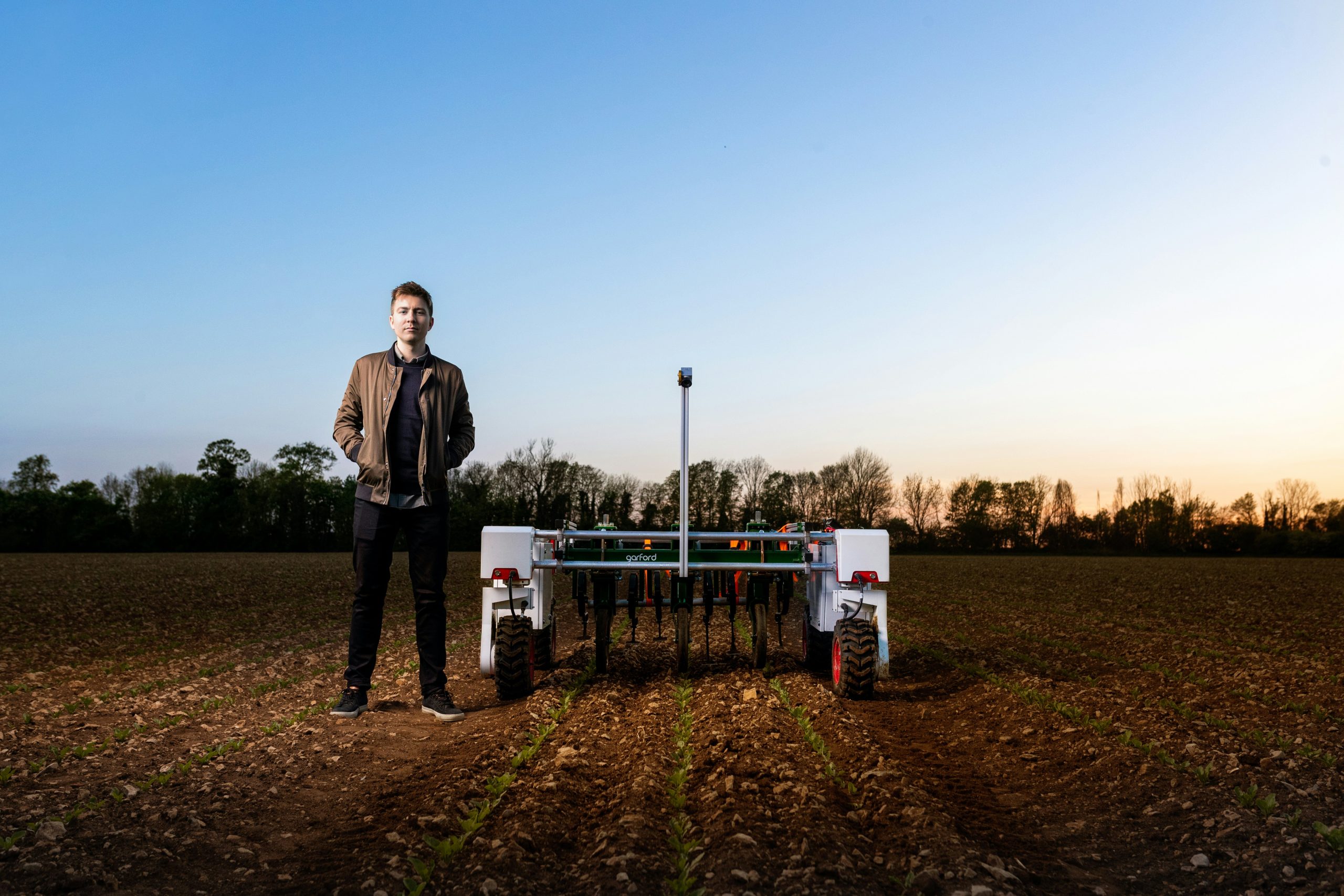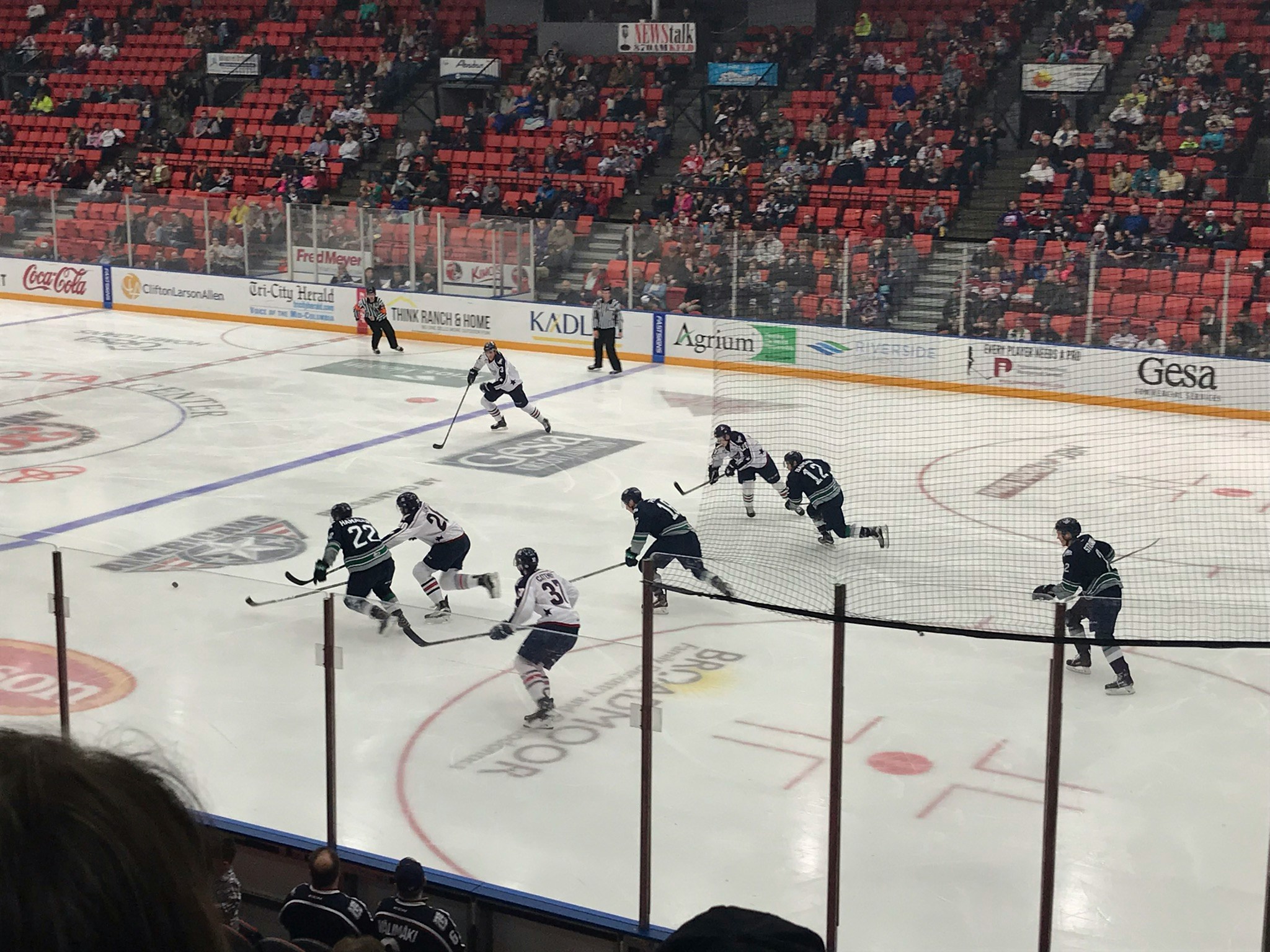
Technological Advances in Sports Science
In recent decades, sports science has undergone a revolution driven by advancements in technology. These innovations have not only transformed how athletes train and compete but also how injuries are prevented and managed. This article explores some of the key technological advances that have reshaped the landscape of sports science.
1. Wearable Technology
One of the most significant advancements in sports science has been the development of wearable technology. Athletes now have access to devices that can monitor various biometric data in real-time, such as heart rate, oxygen saturation, and even muscle activity. These wearables include:
- Heart Rate Monitors: Devices like chest straps or wristbands that track heart rate continuously.
- GPS Trackers: Used to measure speed, distance, and movement patterns during training or competition.
- Smart Clothing: Apparel embedded with sensors to monitor muscle activity and movement mechanics.
For example, the Catapult Sports system is widely used in professional sports to track player movements and workload, helping coaches optimize training plans and reduce injury risks.
2. Video Analysis and Computer Vision
Advancements in video analysis and computer vision have revolutionized coaching techniques. Coaches can now use high-speed cameras and sophisticated software to analyze an athletes performance in detail:
- Biomechanical Analysis: Software can break down movements frame by frame to identify flaws in technique and suggest improvements.
- Performance Metrics: Quantitative data from video analysis helps coaches and athletes track progress over time.
- Instant Replay: Allows for immediate feedback during training sessions to correct errors and optimize performance.
Systems like Dartfish and Hudl are examples of platforms that provide comprehensive video analysis tools tailored for sports performance improvement.
3. Virtual Reality (VR) and Augmented Reality (AR)
Virtual reality and augmented reality technologies are being increasingly integrated into sports training programs:
- VR Simulations: Athletes can practice scenarios in a controlled environment, such as a game-winning shot or a challenging ski run.
- AR Overlays: Provide real-time data overlays during training or competition, such as statistics, tactical information, or even opponents movements.
- Mental Training: VR is used to improve cognitive skills, decision-making under pressure, and visualization techniques.
Examples include STRIVR, which has been used by NFL teams for quarterback training, and Holosuit, which offers full-body motion tracking for immersive training experiences.
4. Data Analytics and Artificial Intelligence (AI)
The proliferation of data analytics and AI has enabled sports scientists to extract meaningful insights from vast amounts of data:
- Performance Prediction: AI algorithms analyze historical data to predict athlete performance and identify optimal strategies.
- Injury Prevention: Machine learning models can assess injury risks based on biomechanical data and recommend personalized training programs.
- Strategic Analysis: Coaches use AI to analyze opponents gameplay patterns and develop counter-strategies.
Companies like Kitman Labs specialize in using AI-driven analytics to enhance athlete performance and reduce injury rates across various sports teams.
Conclusion
Technological advances in sports science continue to push the boundaries of what is possible in athletic performance and injury management. From wearable devices that monitor physiological metrics in real-time to AI algorithms that predict performance outcomes, these innovations are shaping the future of sports training and competition. As technology evolves further, the integration of these tools into everyday practice promises to make athletes smarter, safer, and more successful in achieving their goals.
For athletes, coaches, and sports enthusiasts alike, staying informed about these advancements is crucial to understanding how modern technology can elevate athletic performance to new heights.



